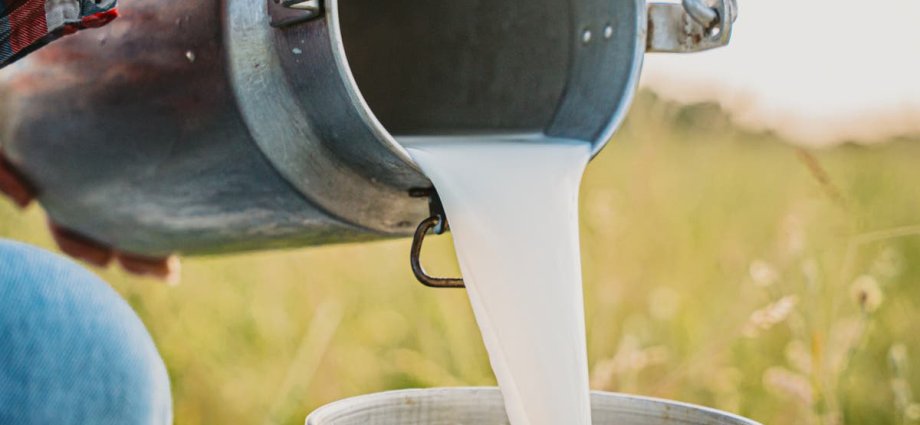Raw milk is making a comeback.
From Marjorie Taylor Greene to holistic wellness influencers, several public figures are touting the purported benefits of raw milk – much to the dismay of government officials, who are warning the public to avoid raw milk products, especially in light of the recent discovery of the first strain of bird flu (H5N1) infecting cows in multiple states like Texas.
This year, research found extraordinarily high concentrations of the H5N1 virus in the udders of infected cows, heightening concerns that unpasteurized milk could lead to human infections. According to the US Food and Drug Administration (FDA), studies indicated that if the virus is found in milk, the pathogens can be killed if it’s pasteurized.
While pasteurization – introduced by Louis Pasteur more than a century ago – eliminates these pathogens, raw milk sales have risen 65 percent this year, especially in states where its sale is legal.
Raw milk regulations vary widely across the US, creating a patchwork of state laws. Some states prohibit its sale outright, while others allow it at farmstands or via herd-sharing arrangements, where consumers purchase shares of cows in exchange for raw milk. Despite its controversial nature, raw milk has developed a loyal following among those who practice holistic health, clean eating, and sustainable farming.
Proponents argue that raw milk not only offers better taste but also nutritional benefits, adding that drinking it can even help with allergies. There is also an ongoing issue of trust, with people simply not trusting not only public health experts but the government at large. David Acheson, an infectious disease doctor and consultant who has led food safety efforts at the FDA, explained to Vox that because of the way the government handled communicating the science of the Covid-19 pandemic, people nowadays tend to hear the FDA and CDC’s warnings and “put it all in the same bucket.”
He argued that some people see warnings from public health officials as restricting freedoms, whether it’s regulation against raw milk, the six-foot distancing rule, or wearing masks outdoors. Acheson noted that the battle over raw milk has come to represent more than just a health debate – it symbolizes a broader issue. In the US, a glass of milk has become more than just a dietary choice; instead, it may reflect the broader struggle between safety and freedom in an increasingly skeptical society.
However, public health officials stress that the significant risks associated with the consumption of raw milk far outweigh any of its supposed benefits. According to the US Centers for Disease Control and Prevention (CDC), raw milk can carry dangerous pathogens such as E. coli, salmonella, and listeria.
These bacteria can cause severe foodborne illnesses and can particularly pose a risk for vulnerable populations, such as children, the elderly, and individuals with weakened immune systems. Both the CDC and FDA discovered in studies that there were 202 disease outbreaks in the US due to drinking raw milk between 1998 and 2018 – leading to 2,645 illnesses, 228 hospitalizations, and three deaths.
Drinking raw milk can lead to a range of infections, often starting with classic gastroenteritis symptoms like diarrhea, vomiting, and stomach cramps. In some cases, these infections can escalate to more serious conditions such as muscle weakness or paralysis, kidney failure, and bloodstream infections.
No matter how clean or well-maintained a farm may be, officials note that contamination can occur anyway. In fact, milk is often vulnerable to contamination by harmful bacteria during collection, storage, or transport.









